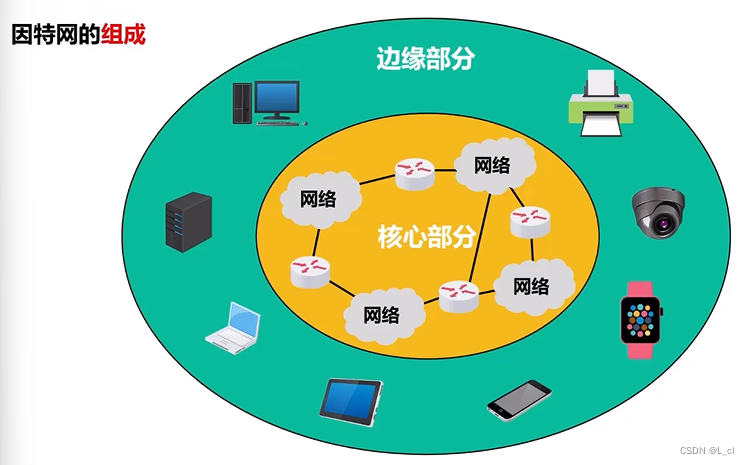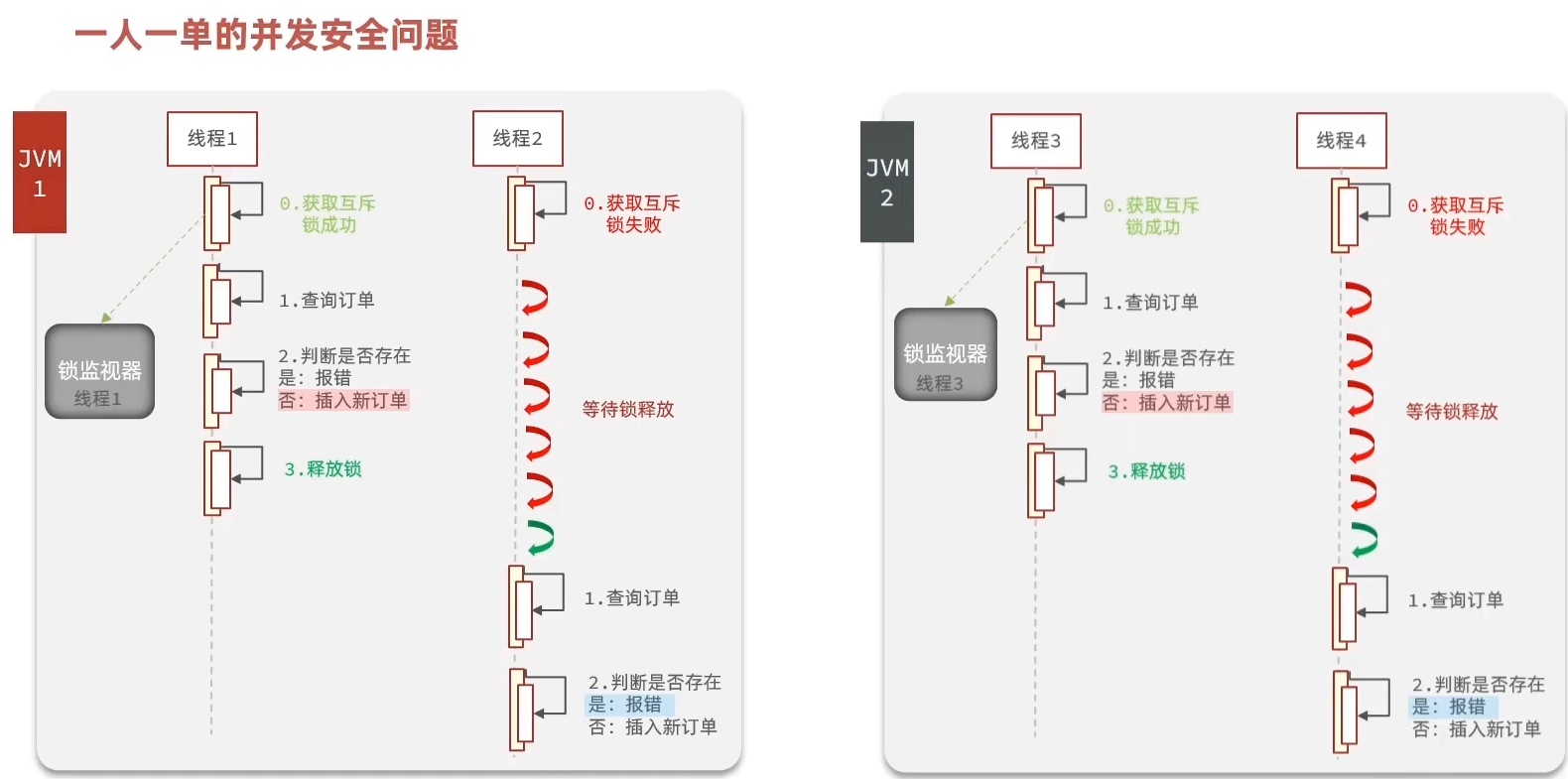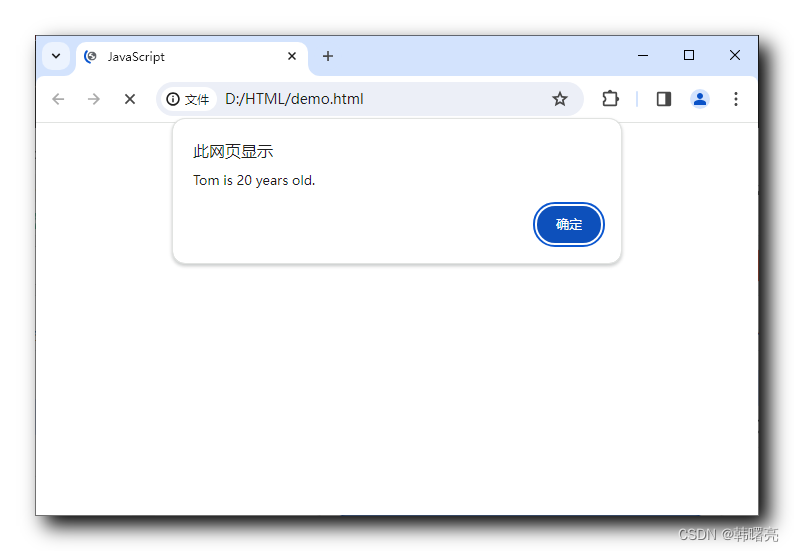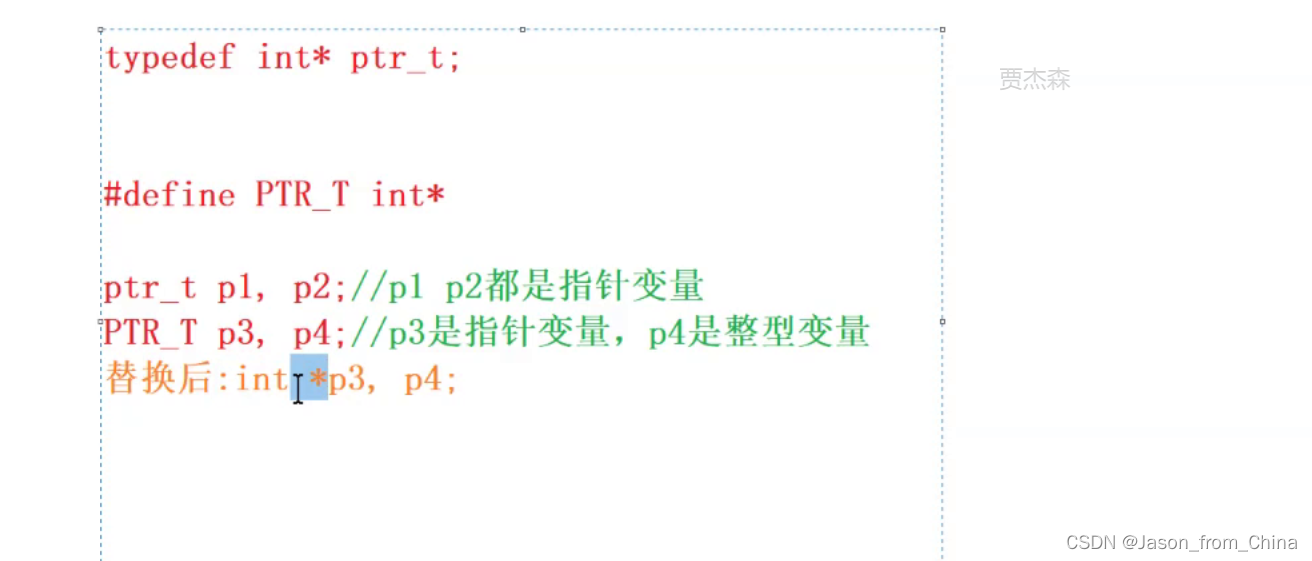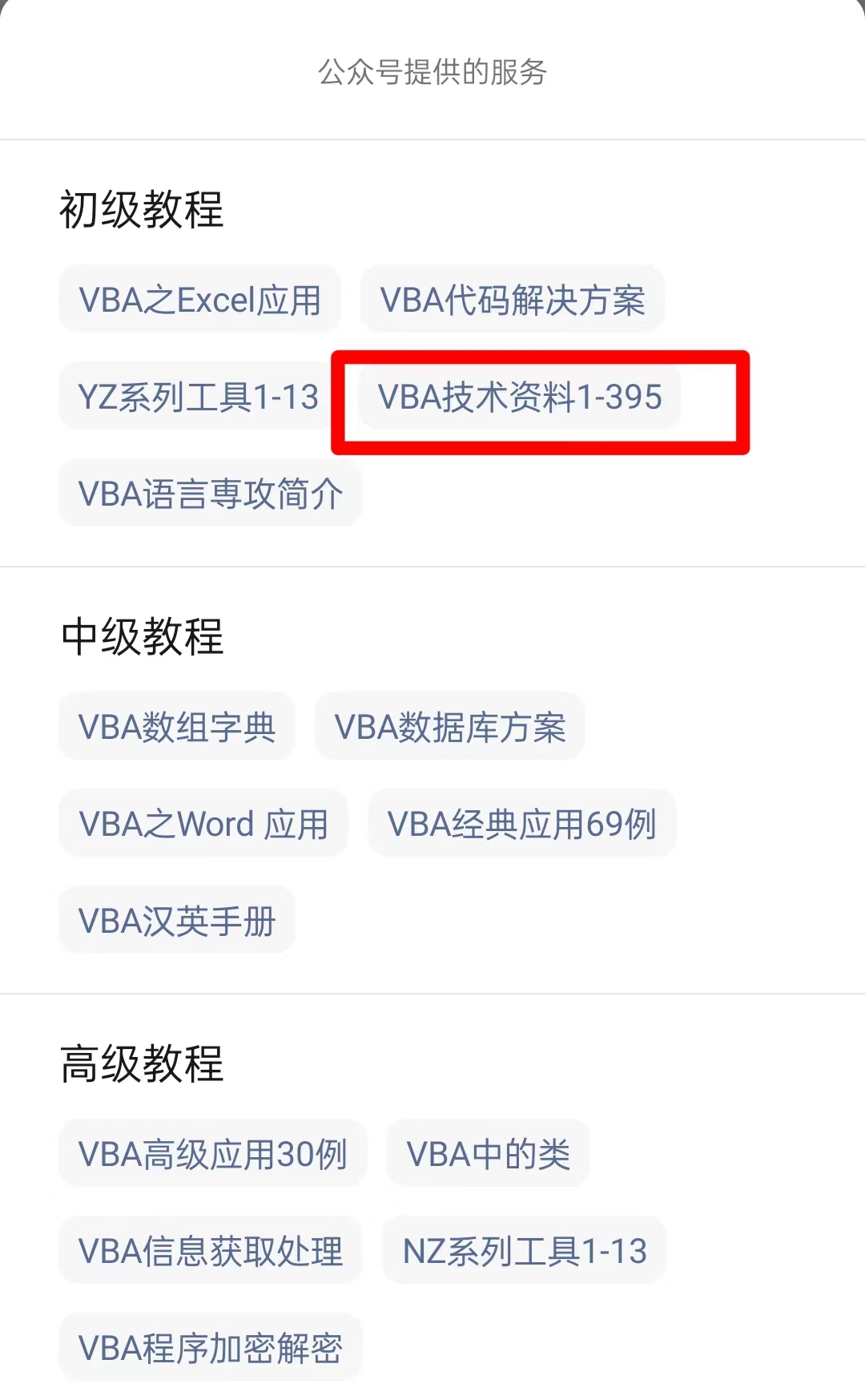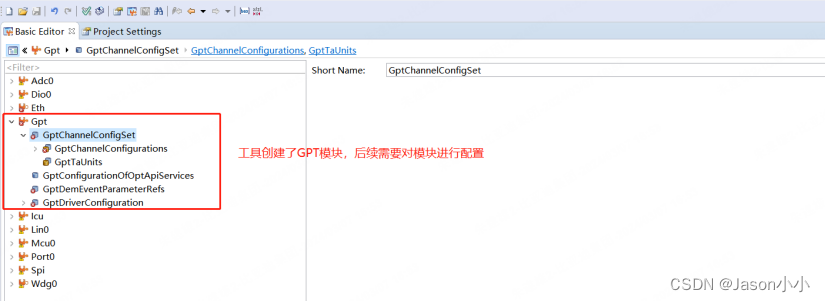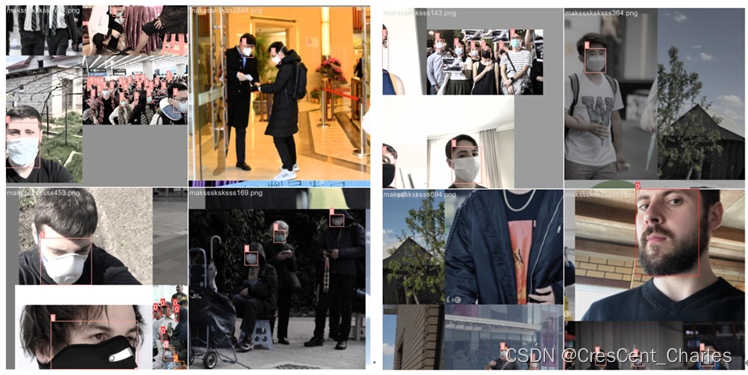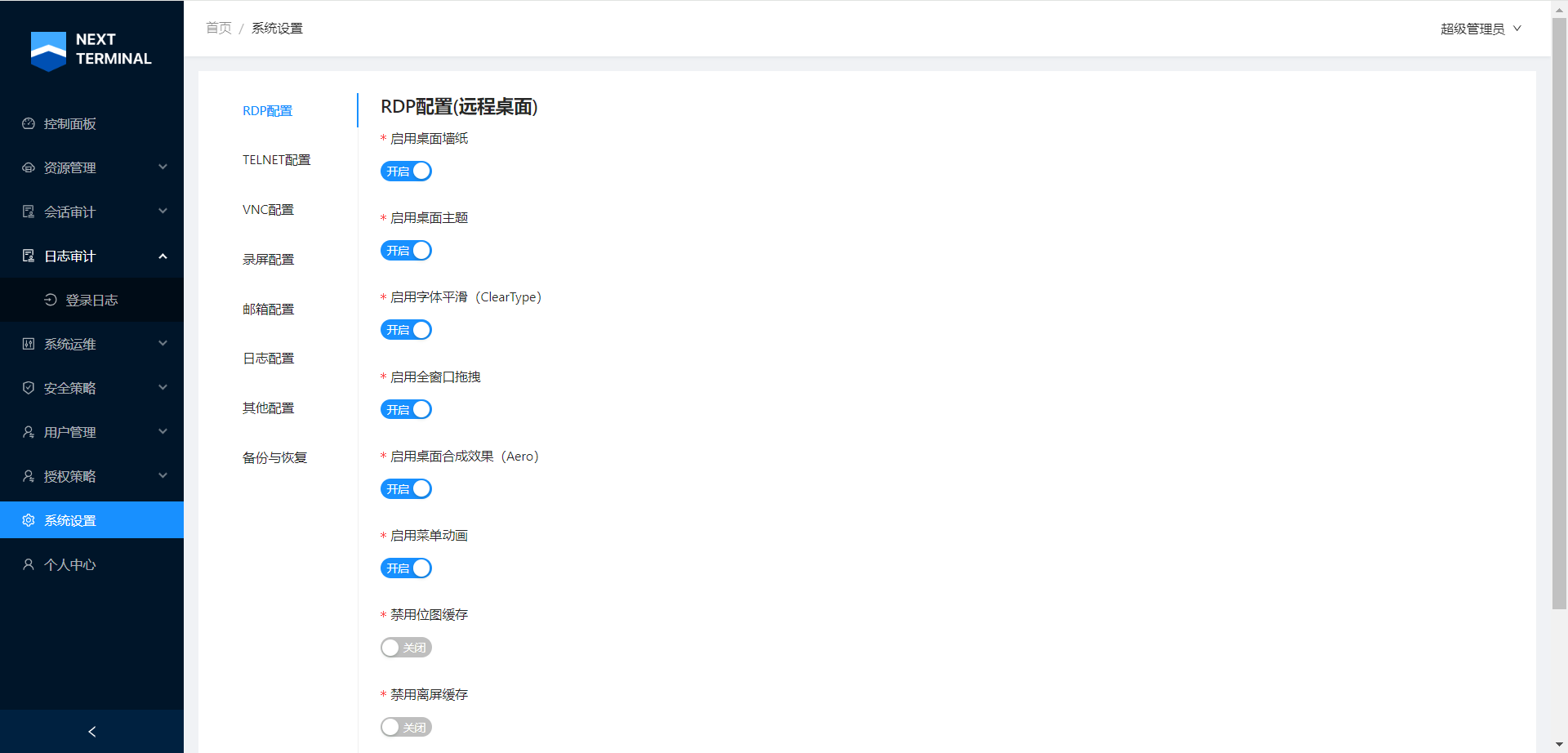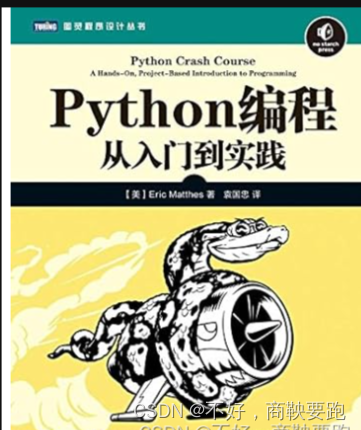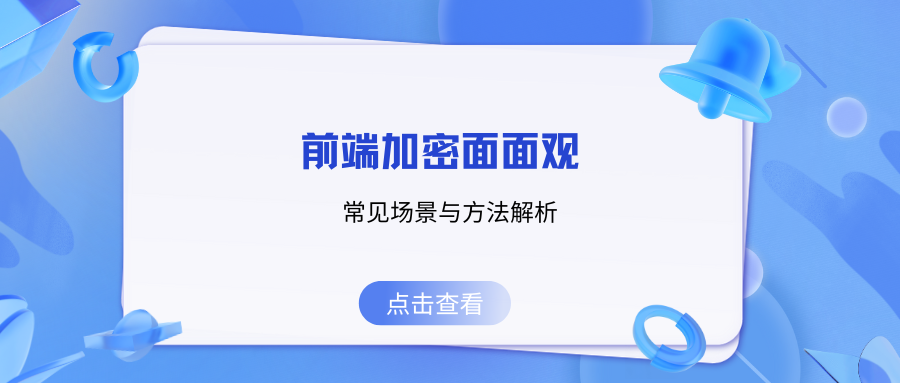Spring Boot 中使用 Redis 进行限流,通常你可以采用如下几种方式:
- 令牌桶算法(Token Bucket)
- 漏桶算法(Leaky Bucket)
- 固定窗口计数器(Fixed Window Counter)
- 滑动日志窗口(Sliding Log Window)
实现 Redis 限流,可以采用 Redis 提供的数据结构和功能脚本,如 Lua 脚本、Redisson 库等。以下是使用 Redis 和 Lua 脚本来实现令牌桶限流算法的示例:
步骤一:编写 Lua 脚本。
下面是一个限流的 Lua 脚本示例,实现基本的限流功能,放在Spring Boot项目下的resources目录下。
--获取KEY
local key = KEYS[1] -- 限流的 key
local limit = tonumber(ARGV[1]) --注解标注的限流次数
local curentLimit = tonumber(redis.call('get', key) or "0")
if curentLimit + 1 > limit
then return 0
else
-- 自增长 1
redis.call('INCRBY', key, 1)
-- 设置过期时间
redis.call('EXPIRE', key, ARGV[2])
return curentLimit + 1
end
步骤二:定义限流注解
package your.package;
import java.lang.annotation.*;
@Retention(RetentionPolicy.RUNTIME)
@Target({ElementType.METHOD})
@Documented
public @interface RedisLimit {
/**
* 资源的key,唯一
* 作用:不同的接口,不同的流量控制
*/
String key() default "";
/**
* 最多的访问限制次数
*/
long permitsPerSecond() default 2;
/**
* 过期时间也可以理解为单位时间,单位秒,默认60
*/
long expire() default 60;
/**
* 得不到令牌的提示语
*/
String msg() default "系统繁忙,请稍后再试.";
}
步骤三:定义Aop切面类
package your.package;
import lombok.extern.slf4j.Slf4j;
import org.apache.commons.lang.StringUtils;
import org.aspectj.lang.JoinPoint;
import org.aspectj.lang.annotation.Aspect;
import org.aspectj.lang.annotation.Before;
import org.aspectj.lang.annotation.Pointcut;
import org.aspectj.lang.reflect.MethodSignature;
import org.springframework.beans.factory.annotation.Autowired;
import org.springframework.core.io.ClassPathResource;
import org.springframework.data.redis.core.StringRedisTemplate;
import org.springframework.data.redis.core.script.DefaultRedisScript;
import org.springframework.scripting.support.ResourceScriptSource;
import org.springframework.stereotype.Component;
import javax.annotation.PostConstruct;
import java.lang.reflect.Method;
import java.util.ArrayList;
import java.util.List;
/**
* Limit AOP
*/
@Slf4j
@Aspect
@Component
public class RedisLimitAop {
@Autowired
private StringRedisTemplate stringRedisTemplate;
@Pointcut("@annotation(your.package.RedisLimit)")
private void check() {
}
private DefaultRedisScript<Long> redisScript;
@PostConstruct
public void init() {
redisScript = new DefaultRedisScript<>();
redisScript.setResultType(Long.class);
redisScript.setScriptSource(new ResourceScriptSource(new ClassPathResource("rateLimiter.lua")));
}
@Before("check()")
public void before(JoinPoint joinPoint) {
MethodSignature signature = (MethodSignature) joinPoint.getSignature();
Method method = signature.getMethod();
//拿到RedisLimit注解,如果存在则说明需要限流
RedisLimit redisLimit = method.getAnnotation(RedisLimit.class);
if (redisLimit != null) {
//获取redis的key
String key = redisLimit.key();
String className = method.getDeclaringClass().getName();
String name = method.getName();
String limitKey = key + className + method.getName();
log.info(limitKey);
if (StringUtils.isEmpty(key)) {
throw new RedisLimitException("key cannot be null");
}
long limit = redisLimit.permitsPerSecond();
long expire = redisLimit.expire();
List<String> keys = new ArrayList<>();
keys.add(key);
Long count = stringRedisTemplate.execute(redisScript, keys, String.valueOf(limit), String.valueOf(expire));
log.info("Access try count is {} for key={}", count, key);
if (count != null && count == 0) {
log.debug("获取key失败,key为{}", key);
throw new RedisLimitException(redisLimit.msg());
}
}
}
}
步骤四:自定义Redis限流异常
package your.package;
/**
* Redis限流自定义异常
* @date 2023/3/10 21:43
*/
public class RedisLimitException extends RuntimeException{
public RedisLimitException(String msg) {
super( msg );
}
}
步骤五:自定义ResultInfo返回实体
package your.package;
import lombok.Getter;
import lombok.Setter;
@Getter
@Setter
public class ResultInfo<T> {
private String message;
private String code;
private T data;
public ResultInfo(String message, String code, T data) {
this.message = message;
this.code = code;
this.data = data;
}
public static ResultInfo error(String message) {
return new ResultInfo(message,"502",null);
}
}
步骤六:定义Controller接口
package your.package;
import lombok.extern.slf4j.Slf4j;
import org.springframework.web.bind.annotation.GetMapping;
import org.springframework.web.bind.annotation.RequestMapping;
import org.springframework.web.bind.annotation.RestController;
@Slf4j
@RestController
@RequestMapping("/limit/redis")
public class LimitRedisController {
/**
* 基于Redis AOP限流
*/
@GetMapping("/test")
@RedisLimit(key = "redis-limit:test", permitsPerSecond = 2, expire = 1, msg = "当前排队人数较多,请稍后再试!")
public String test() {
log.info("限流成功。。。");
return "ok";
}
}
效果测试
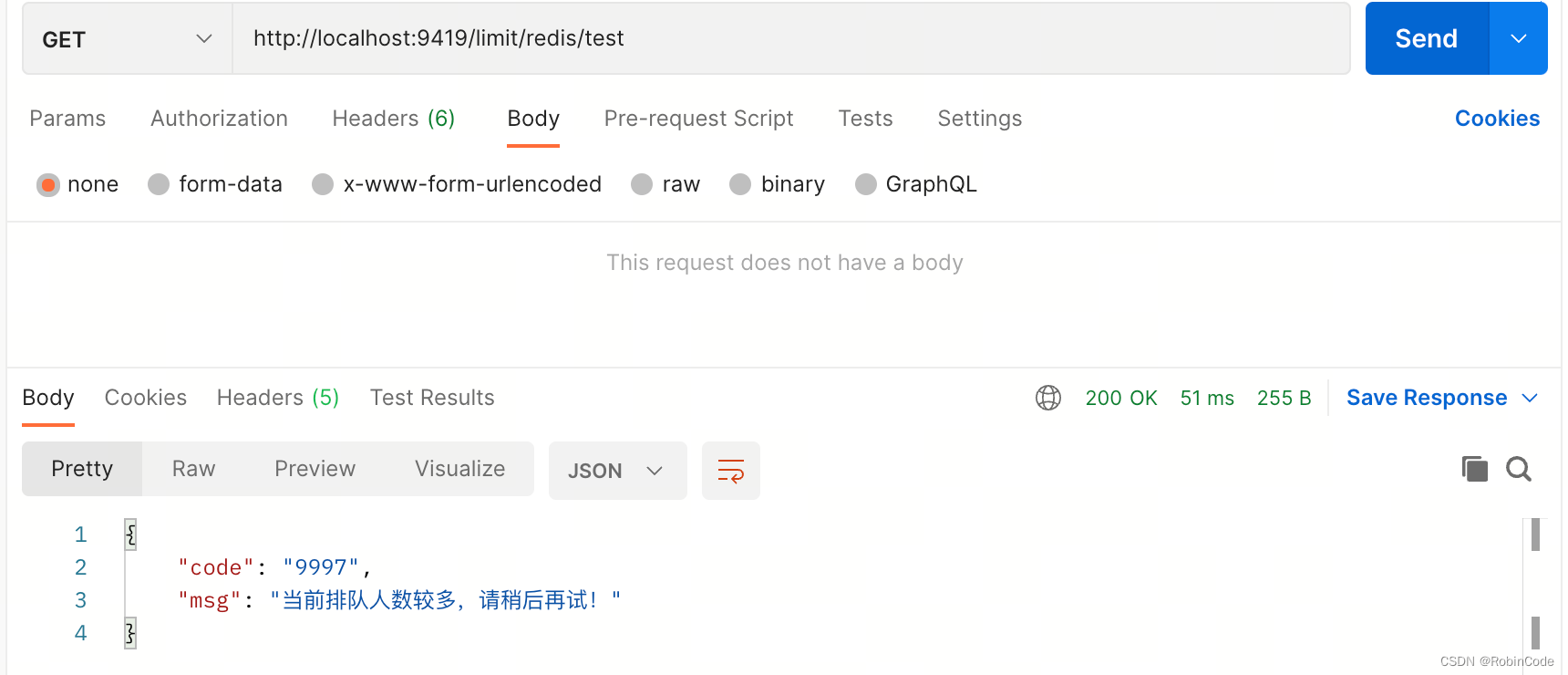
实现了上面的步骤之后,Spring Boot应用就可以通过AOP与Redis来进行API限流了。


